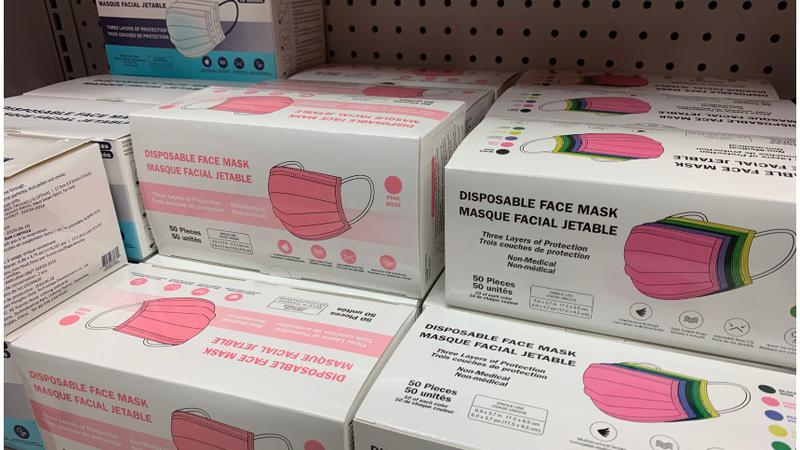
Epidemiologist looks at COVID-19 in Saskatchewan
As Saskatchewan continues to navigate through the COVID-19 pandemic, one epidemiologist is looking towards what the future could look like.
“We want to build on that success with vaccinations and continue to see a reduction in active case rates because about 20 per cent, one in five of your cases you’ve ever had, are active right now. That’s obviously too high and you want to bring it down because the more cases that are active, the more people can be affected and you have to be healthy in order to be vaccinated,” Cynthia Carr, an epidemiologist and principal consultant with EPI Research Inc. out of Manitoba, told Gormley on Monday.
She said she’s hearing if you’ve had COVID-19, you need to wait 90 days to get the vaccine.
So what will it look like when Saskatchewan turns the corner?



